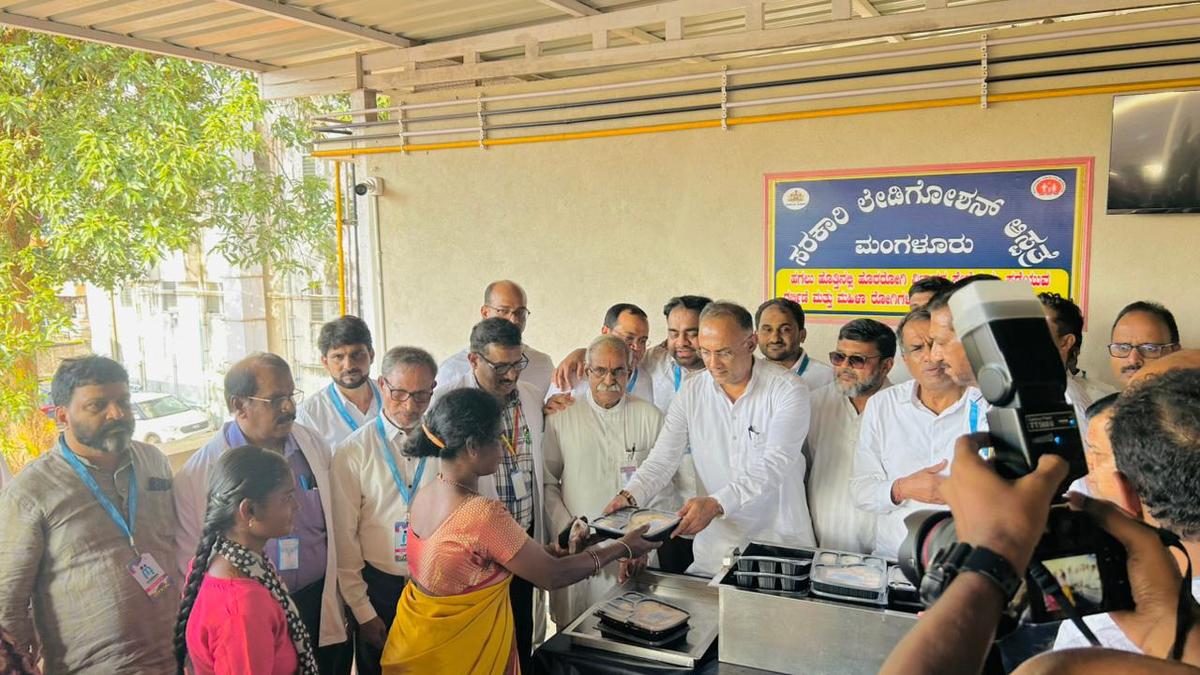Copyright newstatesman

In recent weeks, the pressure to re-evaluate both net zero and the Clean Power 2030 mission has increased significantly. Whether Labour will hold firm, or bow to the growing calls for “pragmatism”, is unclear. What is clear is the common hook for this critique: cost. Cheap power is now the key litmus test of winning public support for the energy transition. High energy prices see industrial growth become more difficult. They also make people feel poorer. If we can achieve both clean and cheap power, everything gets better for everyone. Fail to pursue both goals in tandem and resentment will inevitably grow. But how to realise clean power and lower bills? There is no easy answer, given the investment that is needed into grid transmission and electrification. But critical to both is making the shift as progressive as possible – and ensuring potential savings really count. That means getting flexible assets, PV, batteries and EVs into poorer homes and community buildings as part of a wider retrofit programme, driving down bills for those who will feel it most, and, quite literally, decentralising power. So far, support for low-income and inefficient properties hasn’t been going well. The National Audit Office found systemic failings in the delivery of the Energy Company Obligation and Great British Insulation Scheme. Research by Social Investment Business (SIB) shows that the community buildings so central to local services are in a parlous state. Apart from for those living close to new infrastructure, the clean power mission is often abstract and the challenge for government is making it relatable to voters. Meanwhile, the Warm Homes Plan must intervene at the most local of levels, shifting people’s everyday use of energy, installing new technologies in their homes and adopting a new, flexible, relationship with electricity use. These are contrasting policy approaches. For the Warm Homes Plan, moving beyond a focus on individuals to a community lens will be critical to build trust, overcome politicised opposition to the energy transition, and accelerate the rollout of technologies like batteries and heat pumps to achieve both cheap and clean energy. Evidence from countries that have made quick changes to technology use (including our own successes building the gas grid and the rollout of broadband) shows that change works best when it gets beyond pioneers and shifts whole groups at once. Leaders of technological shifts often cite community, but they rarely engage with its most established forms. Beyond the tagline is a whole sector delivering vital public services and social value. Creating jobs, investing in local people and building culture. The social sector is made up of tens of thousands of community organisations, local charities and social enterprises. From youth clubs to health centres, sports groups to community-owned businesses, these are trusted institutions at the heart of our communities, particularly in areas of high deprivation, and key to the success of the energy transition at the local level. These organisations are also at the sharp end of the energy price crisis. Research this year revealed youth clubs are now spending as much as half their entire budgets to cover utilities, due to inefficient buildings and low turnover. Relatively small investments to lower their bills would make a huge difference to their service delivery, while also modelling to the wider community the benefits and value of the energy transition. When asked about how to increase support for the energy transition, Melanie Ward MP recently highlighted the example of a heat pump at Auchtertool Village Hall, providing reliable heat for a local warm space. Social Investment Business has worked with thousands of community organisations, particularly in areas of high deprivation, to strengthen their work, invest in their infrastructure and unlock their potential in the energy transition. Through the Youth Investment Fund, we’ve enabled the retrofit or rebuild of hundreds of youth centres, many now equipped with solar panels, heat pumps and EV chargers. With 70 per cent of projects in IMD 1-3 areas (within the top 30 percentile for deprivation in England), the benefits of the energy transition are reaching communities often considered hard to reach with energy policies. As these examples demonstrate, there is huge potential for community organisations to accelerate the transition and help maintain wide public support, without energy companies needing to reinvent what already exists. But policies must be designed with that deep-rooted social infrastructure in mind. Not only can they act as trusted messengers, showcasing and demystifying renewable technologies, but they can also become local energy anchors mobilised to facilitate community-wide rollouts across clean heat and energy flexibility. Through our subsidiary, SIB Community Heat, we are pioneering this community approach to the energy transition. We are developing a pipeline of community-centred heat networks, with bulk installations of heat pumps, and forming a pilot for community energy flexibility. These projects are led by community organisations and community energy groups, particularly in deprived, rural and suburban communities, ensuring clean heat and lower bills reach the places that most need to feel the benefits of the transition. As a social investor, our unique approach focuses on making clean heat accessible for areas overlooked for traditional investment, centring community organisations as trusted messengers and leaders. We’re providing de-risked finance to move projects from feasibility to development and providing the necessary technical and economic support. Unique to our model is a “golden share” for communities, securing long-term rights and decision-making power without requiring them to run an energy company. The voices challenging Clean Power 2030 and net zero are growing louder. To ensure we still achieve these critical goals, we must continue to move quickly while de-politicising the technologies and bringing down bills. Doing so will require moving beyond an individual consumer approach and building policy and practice around communities of citizens. Community organisations are the stored-up capacity ready to stabilise the transition.



